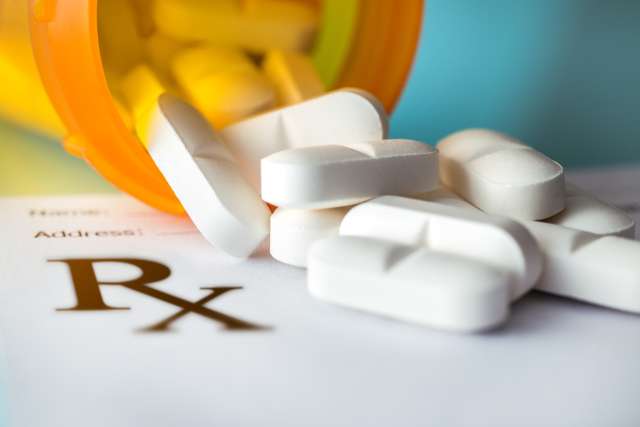It used to be that doctors only communicated with pharmacists through nearly illegible notes on a page ripped from a prescription pad.
These days, however, their communication is broader and deeper, with the pharmacist increasingly recognized as a physician’s partner and patient advocate, says Ghada Ashkar, PharmD, associate chief of ambulatory pharmacy for UCLA Health.
“The value of the pharmacist as a health care professional is being recognized more and more,” says Dr. Ashkar. “It’s always been really valued in the inpatient acute care setting because they work side by side with the provider. But now specifically on the ambulatory side, in the community, pharmacists are very accessible to the patient, enhancing their access to care through collaborating with the providers.”
How pharmacists advocate for patients
The work pharmacists do to support patients ranges from explaining how to take medications to finding lower-cost options to looking for red flags and potential drug interactions.
Patients leaving the hospital with multiple prescriptions are often met at their bedside by a UCLA Health pharmacist who demystifies the new protocol, a simple step that can help prevent readmissions, Dr. Ashkar says.
“A big percentage of the readmissions to the hospital are due to patients not understanding how to take their meds,” she says.
Patients are also less likely to continue their medications when they are expensive, Dr. Ashkar says. For complex medical procedures, such as oncology or organ transplants, monthly medication costs can exceed $20,000, which can leave a patient with more than $1,000 in copays, she says -- more than many patients can manage.
“Anything more than $150 it’s proven that a patient is at risk of (noncompliance),” she says.

UCLA Health pharmacists regularly work with drug makers and philanthropic organizations to lower costs or find additional funding, Dr. Ashkar says. They also work with prescribing physicians to find alternative medications that may be cheaper but equally effective.
Pharmacists are tasked with ensuring that a patient’s prescription is appropriate for their condition, doesn’t interact with other medications they are taking and doesn’t raise any safety red flags.
It’s on the pharmacist to notice if a patient is getting prescriptions from multiple physicians, particularly if different providers are prescribing the same medications. Pharmacists are also on the lookout for “pill mills” and potential drug diversion, Dr. Ashkar says. These are providers known to prescribe, for profit, drugs patients want or who tend to prescribe the same few medications — often addictive substances — for every patient they see.
Pharmacists in the retail setting are responsible for not dispensing addictive medications originating from pill mills, Dr. Ashkar says.
“Pharmacists are the last defense for the patient,” she notes. “If a prescription was prescribed wrong — whether it was in the hospital or not — the pharmacist is the last person who’s going to check the prescription before the patient starts taking it.”
If a pharmacist spots an inconsistency or has a question, they generally reach out directly to the physician. Within UCLA Health, this often happens instantly through a patient’s electronic medical record. With external retail pharmacies, it happens with a phone call.
How pharmacists support physicians
Pharmacists not only help physicians by educating about drugs and serving as a second pair of eyes on prescriptions, they are increasingly helping to lighten doctors’ loads by approving refills and even writing prescriptions for certain medications such as contraceptives and smoking cessation drugs, Dr. Ashkar says.
“It’s helping to alleviate provider burnout, because they’ve got a lot on their plate,” she says. “Pharmacists are now being recognized as a health care professional that’s really trusted, and they can take on some of the clinical work that the provider doesn’t have to do so they can focus on the patient.”
During the height of the COVID-19 pandemic, pharmacists became frontline vaccinators against the virus, she adds, further expanding access for patients.
That accessibility, both in the hospital and at retail pharmacies, makes the pharmacist a valuable liaison for patients, she says: “When you’re on the front lines, you’re the person the patient feels comfortable talking to.”



